These kinds of weeds complete their life cycle in 1 year
Annual Weeds
The Leaf Structure illustrated in B is called:
Opposite
Identify (in general) this weed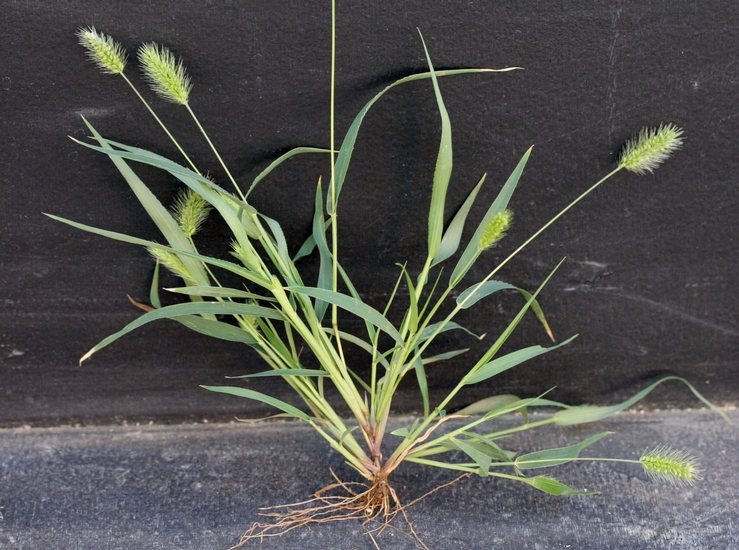
Foxtail (green)
ID This perennial broadleaf weed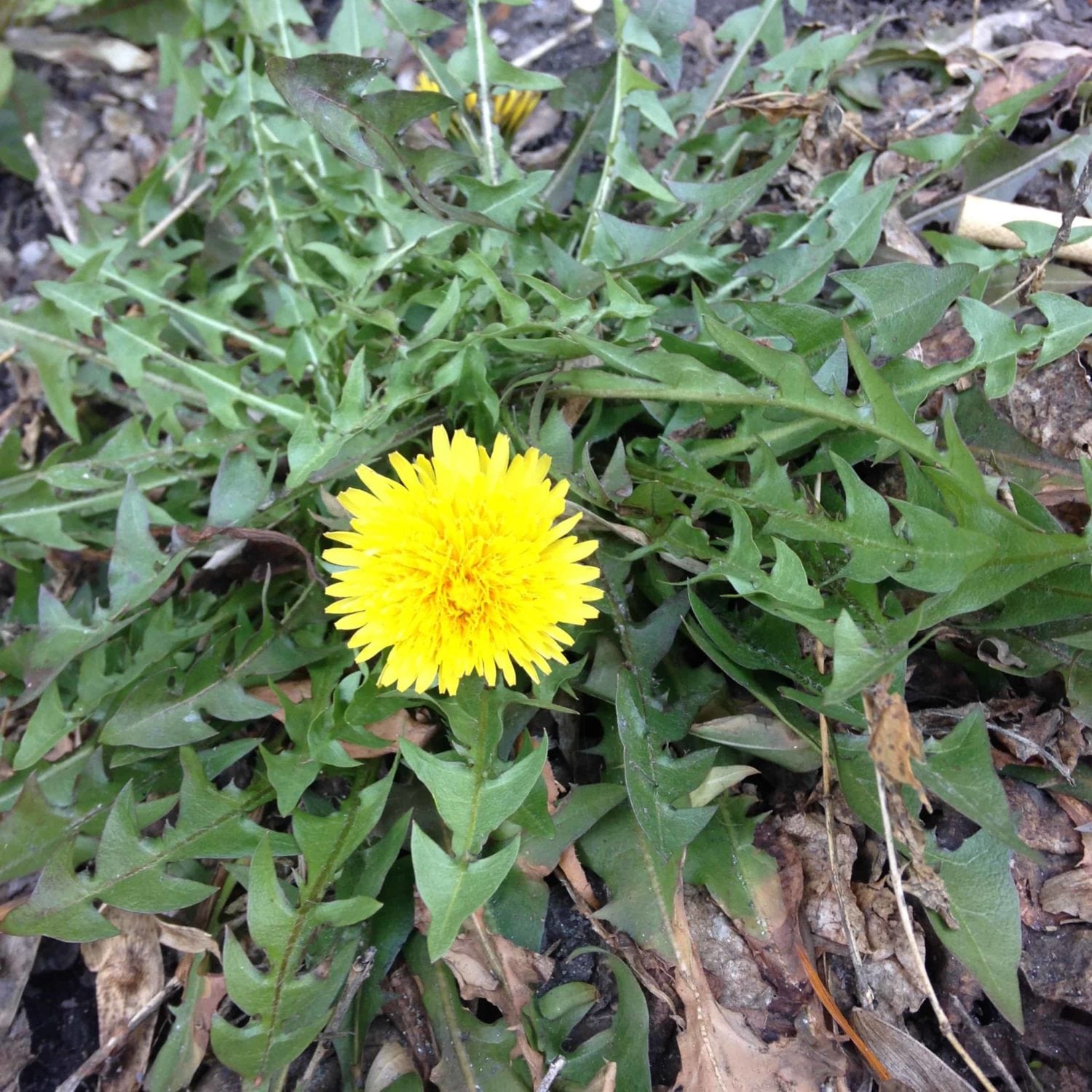
Dandelion
This decision making process combines biological, cultural, physical, and chemical tools to identify, manage and reduce risk from pests and use of pest management methods in a way that minimizes overall economic, health, and environmental risks.
Integrated Pest Management (IPM)
These kinds of weeds complete their life cycle in 2 years.
Biennial Weeds
The vein structure of this leaf is called:
Netted
This weed has long rhizomes and clasping auricles
Quackgrass
This perennial broadleaf weed has leaves arranged alternately, has irregularly lobes leaves, and a woody stem that can grow into a shrub or vine.
/poison-ivy-leaves-big-592c5b3b5f9b5859504a89c9.jpg)
Poison Ivy
Name some cultural weed control methods
Clean garden tools, buy weed free supplies, reduce cultivation, mulching, plan your garden to increase shading, promote healthy desirable plants.
Sedge and grass weeds are (Monocots/Dicots)
Monocots
This above ground, creeping stems, help weeds spread over the soil surface.

Stolon
This grassy weed has a membranous ligule, pubescent leaves and stems, and prostrate growth habit.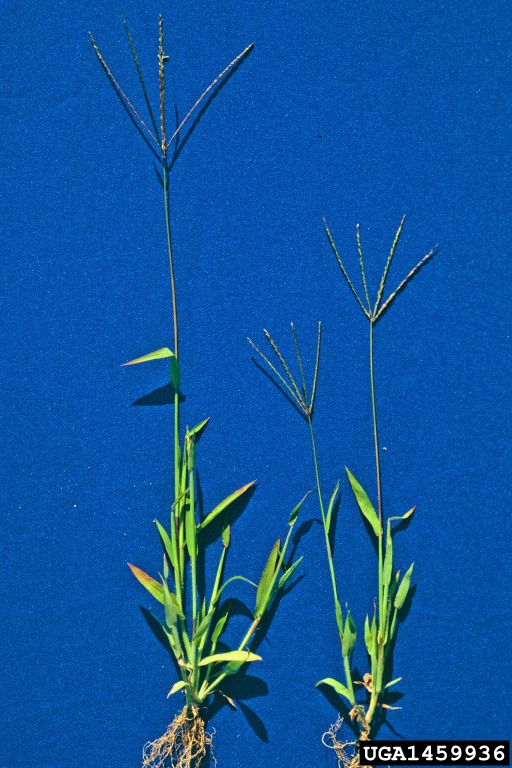
Large Crabgrass
This annual weed has prostrate growth habit, petioles absent, and opposite leaf arrangement.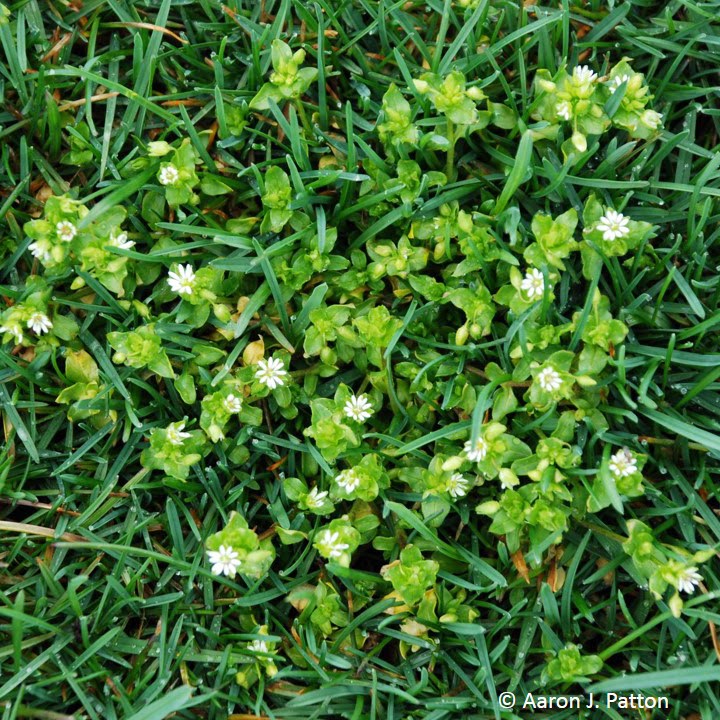
Common Chickweed
Name the 3 parts of the biotic triangle
Host, Pest, Environment
These weeds reproduce by seeds, tubers, bulbs, stolons, and/or rhizomes.
Perennial Weeds
The plant structure shown is a great way to help you ID grasses.
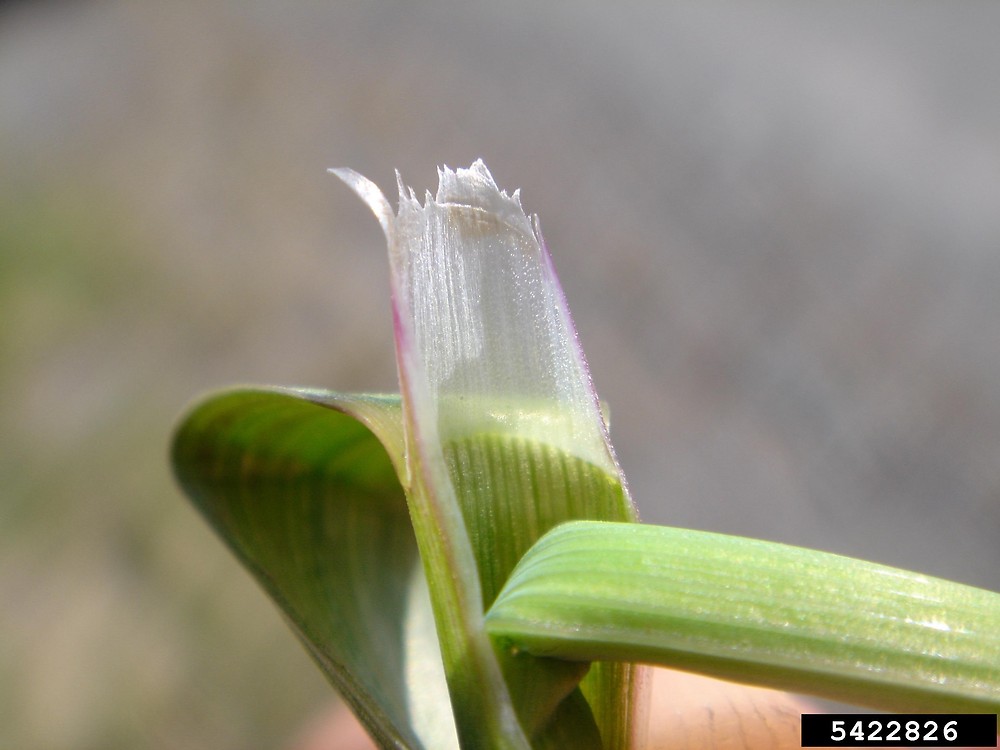
Ligule
This weed is mat forming with stolons and rhizomes, has a large membranous ligule, and is a cool season grass.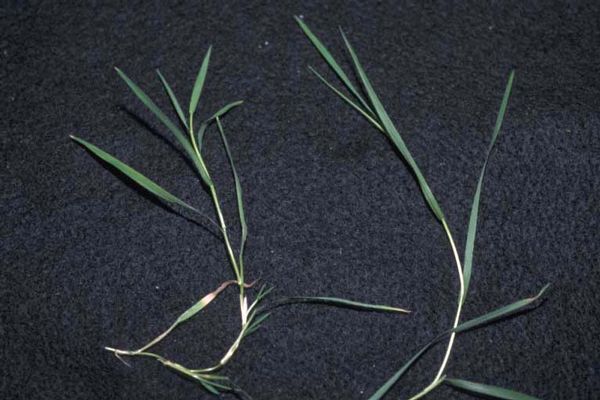
Creeping Bentgrass
This perennial weed has a rosette growth habit, parallel leaf venation, and spreads by seed.
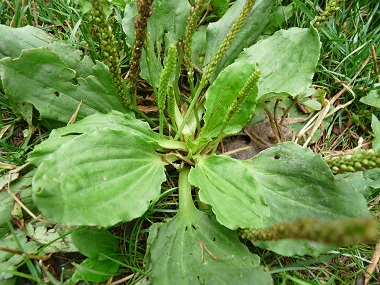
Plantain
How do we know the appropriate way to utilize herbicides?
Read the label
Broadleaf weeds are (Dicots/Monocots)
Dicots
This weed is illustrating a ______ growth habit.

Prostrate
This perennial grassy weed has stolons and branching stems, the seedhead is spike like, and it can resemble Bermudagrass.
Nimblewill
This annual weed has a prostrate growth habit, and a ocrea sheathing present at the leaf base.
Prostrate Knotweed
Name some weather factors that can affect herbicide application.
Temperature, Rainfall, Wind
